
Clarence LeRoy Van Cleef Jr. was an American actor. He appeared in over 170 film and television roles in a career spanning nearly 40 years, but is best known as a star of Italian Spaghetti Westerns, particularly the Sergio Leone-directed Dollars Trilogy films For a Few Dollars More (1965) and The Good, the Bad and the Ugly (1966). In 1983, he received a Golden Boot Award for his contribution to the Western film and television genre.
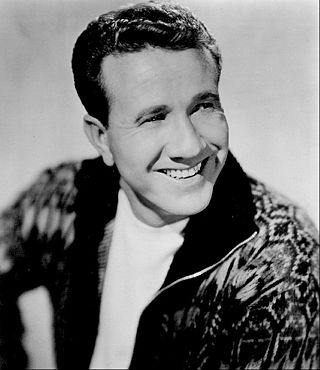
Martin David Robinson, known professionally as Marty Robbins, was an American singer, songwriter, multi-instrumentalist, and NASCAR racing driver. Robbins was one of the most popular and successful country and western singers for most of his nearly four-decade career, which spanned from the late 1940s to the early 1980s. He was also an early outlaw country pioneer.

Annie Oakley is an American Western television series that fictionalizes the life of the famous Annie Oakley. Featuring actress Gail Davis in the title role, the weekly program ran from January 1954 to February 1957 in syndication. A total of 81 black-and-white episodes were produced, with each installment running 25 minutes in length. ABC aired daytime reruns of the series on Saturdays and Sundays from 1959 to 1960 and then again from 1964 to 1965.

Henry George Carey Jr. was an American actor. He appeared in more than 90 films, including several John Ford Westerns, as well as numerous television series.

Herman Arthur "Harry" Lauter was an American character actor.

Douglas Fowley was an American movie and television actor in more than 240 films and dozens of television programs, He is probably best remembered for his role as the frustrated movie director Roscoe Dexter in Singin' in the Rain (1952), and for his regular supporting role as Doc Holliday in The Life and Legend of Wyatt Earp. He was the father of rock and roll musician and record producer Kim Fowley.
Country USA was a 23-volume series issued by Time-Life Music during the late 1980s and early 1990s, spotlighting country music of the 1950s through early 1970s.
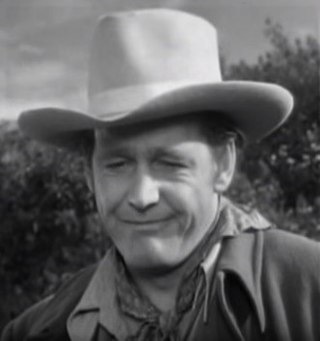
Myron Daniel Healey was an American actor. He began his career in Hollywood, California during the early 1940s and eventually made hundreds of appearances in movies and on television during a career spanning more than half a century.
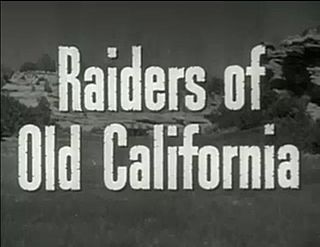
Raiders of Old California is a 1957 American black-and-white Western film produced and directed by Albert C. Gannaway and starring Jim Davis, Arleen Whelan, and Faron Young.
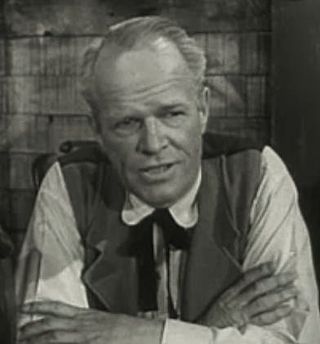
Louis Jean Heydt was an American character actor in film, television and theatre, most frequently seen in hapless, ineffectual, or fall guy roles.
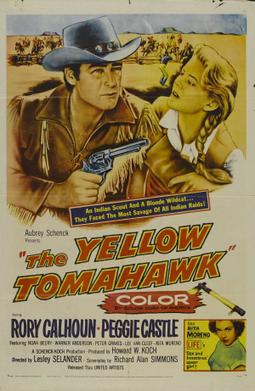
The Yellow Tomahawk is a 1954 American Western film directed by Lesley Selander and written by Richard Alan Simmons. The film stars Rory Calhoun, Peggie Castle, Noah Beery, Jr., Warner Anderson, Peter Graves, Lee Van Cleef and Rita Moreno. The film was released in May 1954, by United Artists.

Run, Cougar, Run is a 1972 American Western film directed by Jerome Courtland and written by Louis Pelletier. The film stars Stuart Whitman, Frank Aletter, Lonny Chapman, Douglas Fowley, Harry Carey Jr. and Alfonso Arau. The film was released on October 18, 1972, by Buena Vista Distribution.
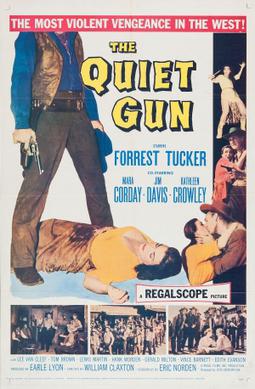
The Quiet Gun is a 1957 American Western film directed by William F. Claxton and written by Eric Norden and Earle Lyon. The film stars Forrest Tucker, Mara Corday, Jim Davis and Kathleen Crowley. It is based on the 1955 novel Lawman by Lauran Paine.
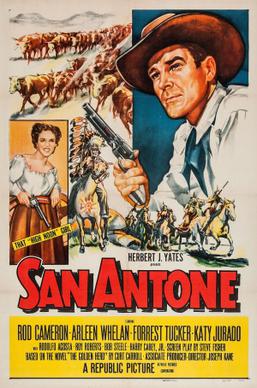
San Antone is a 1953 American western film directed by Joseph Kane and starring Rod Cameron, Arleen Whelan, Forrest Tucker, Katy Jurado. It was produced and distributed by Republic Pictures.

The Road to Denver is a 1955 American Western film directed by Joseph Kane starring John Payne, Mona Freeman, Lee J. Cobb, Ray Middleton and Skip Homeier. The supporting cast features Lee Van Cleef, Andy Clyde, Glenn Strange and Emory Parnell.
Cowboy pop is a term that American music journalist J. D. Considine first coined in his review of Rubber Rodeo's 1984 album Scenic Views. Although the term was coined in the 1980s, its usage since that time has been varied. In the late 2010s, the term began to be used to describe country-influenced indie rock and indie pop bands.

Joe Dakota is a 1957 American Western film directed by Richard Bartlett and written by William Talman and Norman Jolley. The film stars Jock Mahoney, Luana Patten, Charles McGraw, Barbara Lawrence, Claude Akins, Lee Van Cleef, Anthony Caruso and Paul Birch. The film was released on October 27, 1957, by Universal Pictures.
Willard B. Koontz, also known as Bill Foster, was an American actor and stuntman.

Buffalo Gun is a 1961 American western film directed by Albert C. Gannaway and starring Marty Robbins, Webb Pierce, Carl Smith, Mary Ellen Kay. The film was shot in 1957 in Ray Corrigan Ranch, California and released in 1961.















